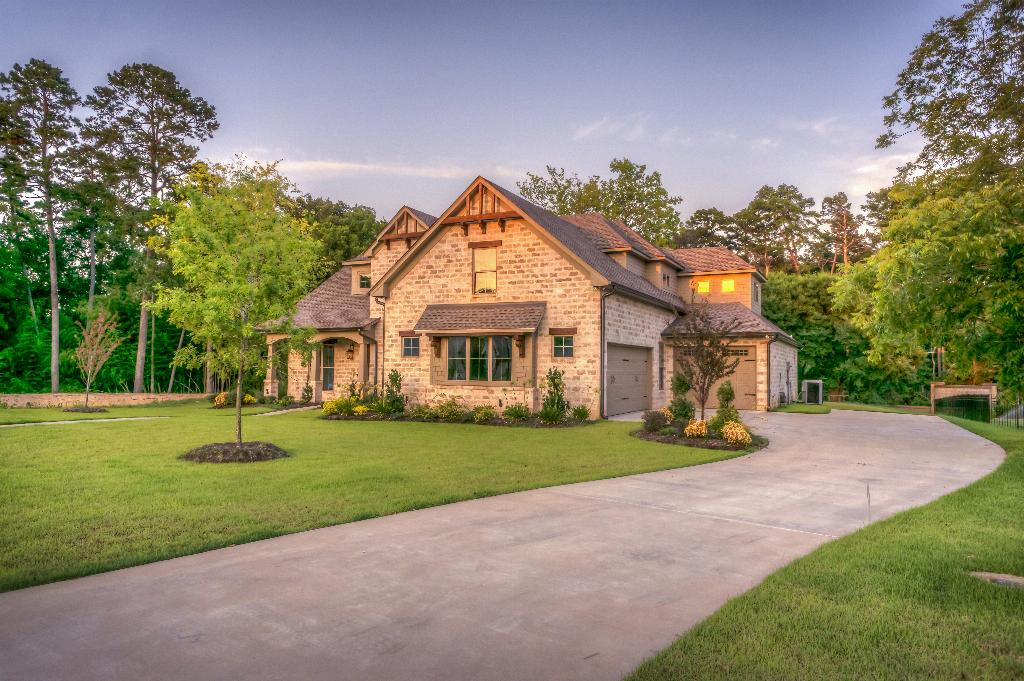If you’ve noticed your once lush green lawn starting to turn yellow, it can be a cause for concern. Several factors can contribute to this issue, and understanding the reasons behind it is crucial for restoring your lawn’s health and vibrancy.
Insufficient Watering
One of the most common reasons for yellowing grass is insufficient watering. Just like any living plant, grass needs an adequate amount of water to thrive. If your lawn is not receiving enough water, it can quickly become stressed and turn yellow as a result.
Overwatering
On the flip side, overwatering can also lead to yellow grass. Standing water can drown the roots and create an environment prone to diseases that manifest as yellow patches on your lawn. Proper drainage is essential to prevent overwatering issues.
Blunt Mower Blades
Another often-overlooked factor is the condition of your mower blades. Blunt blades can tear and damage the grass rather than cutting it cleanly. This can weaken the grass and cause it to turn yellow over time.
Lawn Diseases
Yellowing grass can also be a sign of underlying lawn diseases such as fungus or mold. These diseases can spread rapidly and wreak havoc on your lawn if left untreated, causing discoloration and thinning of the grass.
Compacted Soil
Compacted soil can prevent essential nutrients, water, and air from reaching the grass roots. This lack of proper aeration and circulation can lead to yellowing and overall poor lawn health.
Low Nutrition
If your lawn is lacking in essential nutrients like nitrogen, phosphorus, and potassium, it can start to yellow as a cry for help. Fertilizing your lawn with a balanced blend of nutrients can help restore its lush green color.
Weeds and Invasive Plants
Weeds and invasive plants can compete with your grass for nutrients, water, and sunlight, causing stress and yellowing. Keeping your lawn weed-free and well-maintained can prevent these issues from arising.
Improper pH Level
The pH level of your soil plays a crucial role in the health of your lawn. If the pH is too high or too low, it can impact the grass’s ability to absorb nutrients, leading to yellowing and other symptoms of distress.
Environmental Stress
Environmental factors such as extreme heat, cold, or drought can put stress on your lawn, causing it to turn yellow. Providing adequate protection and care during these challenging times can help your grass bounce back.
Seasonal Changes
Seasonal transitions can also impact the color of your grass. As the seasons change, your lawn may go through a dormant phase where it appears yellow or brown. This is a natural response to environmental changes and is usually temporary.
Conclusion
By identifying the potential reasons behind your lawn turning yellow and taking proactive steps to address them, you can help restore your lawn to its former green glory. From proper watering and mowing techniques to addressing soil and nutrient deficiencies, there are various ways to revitalize your lawn and enjoy a lush, vibrant outdoor space.

